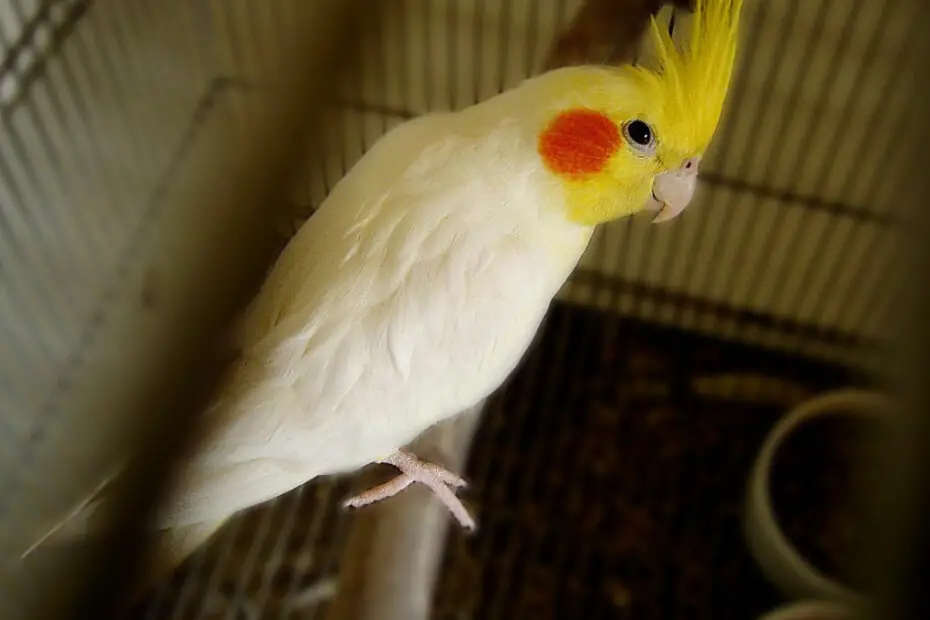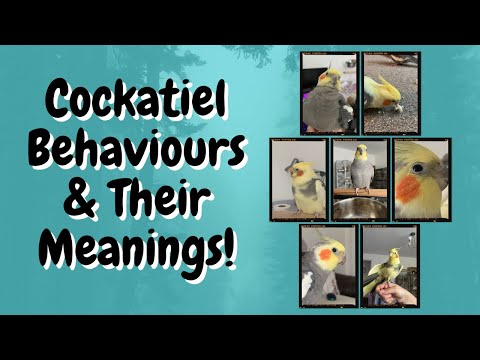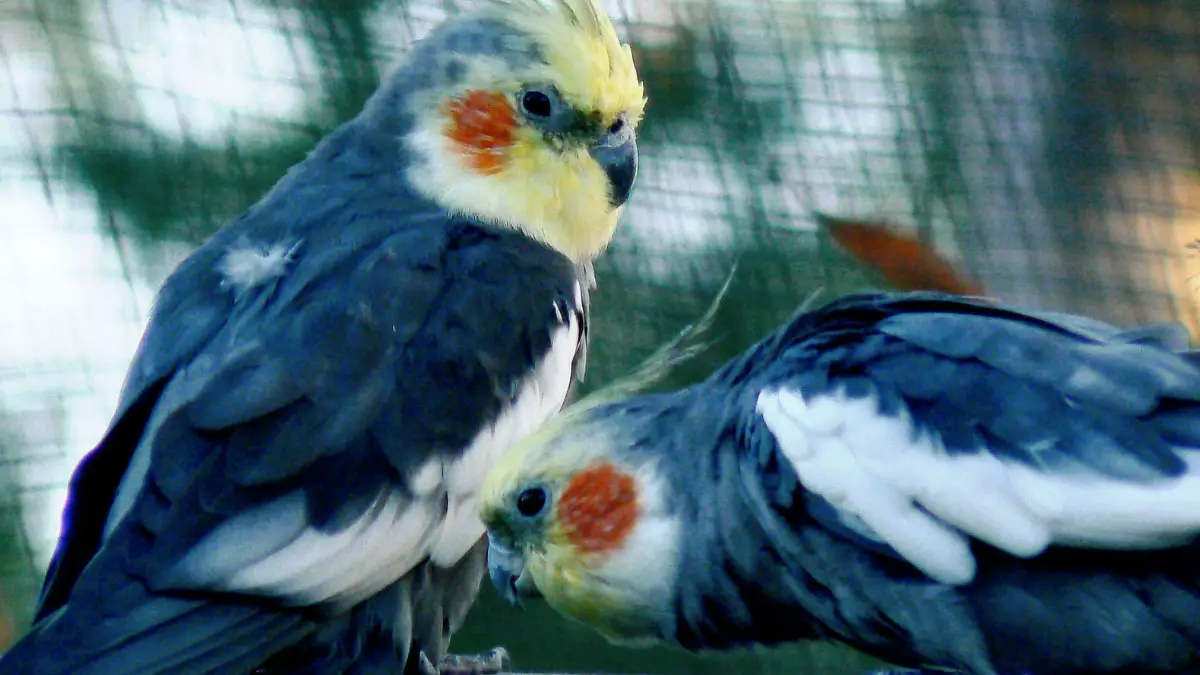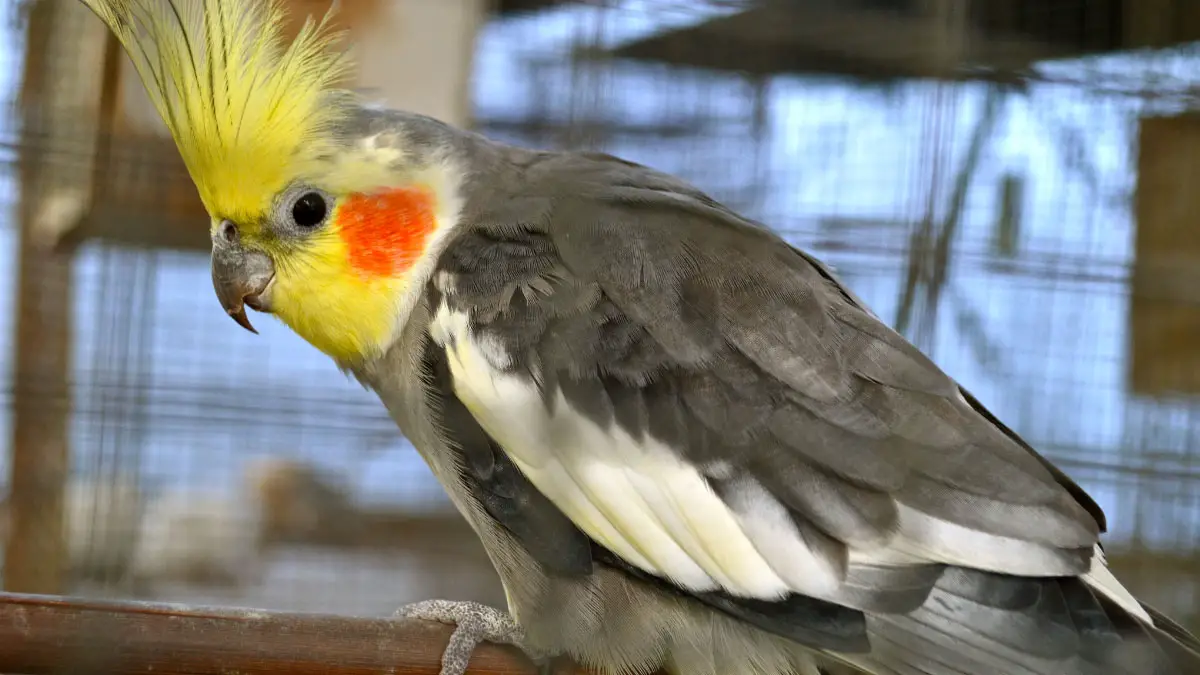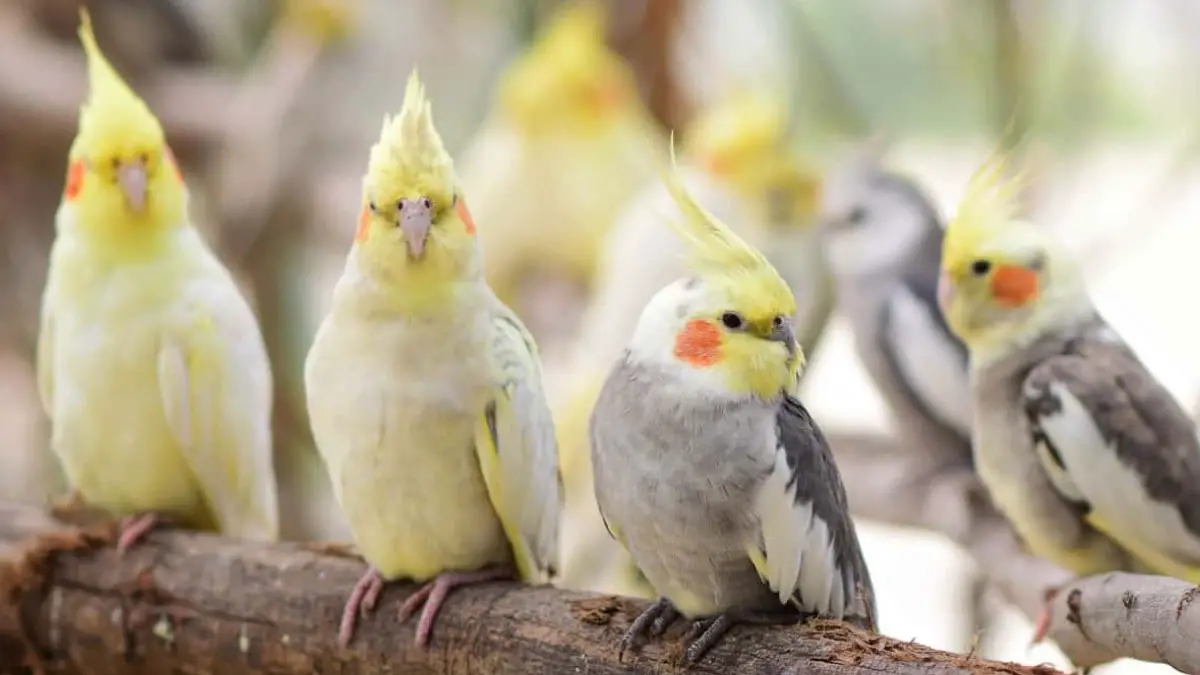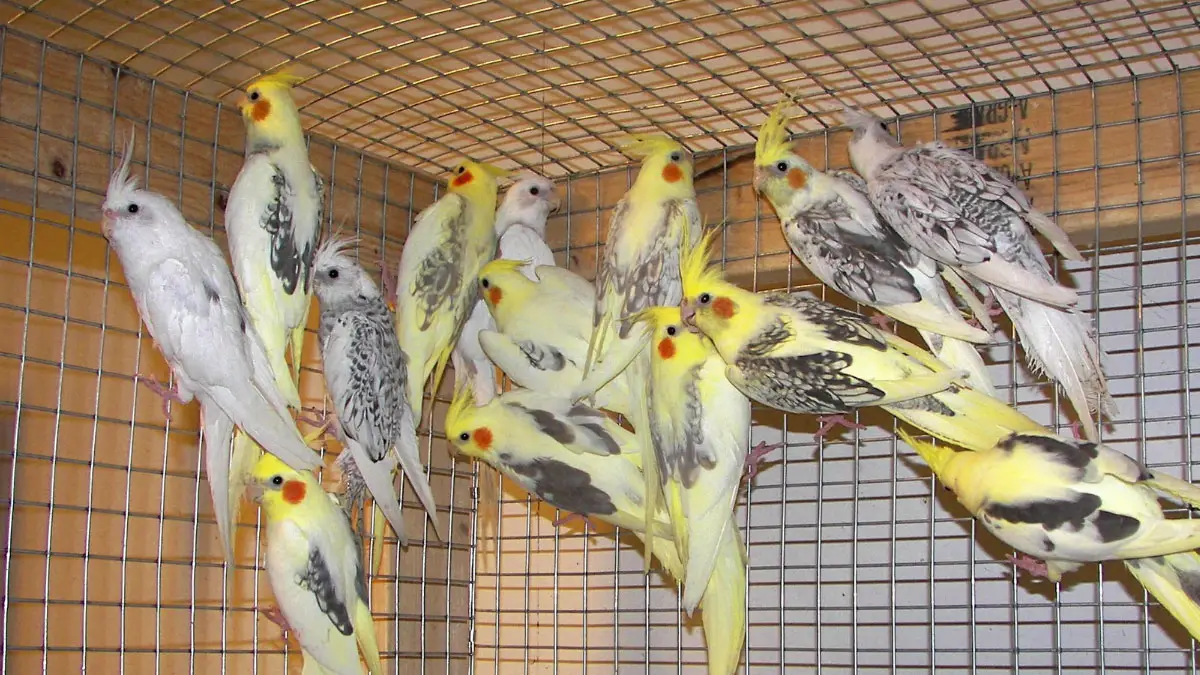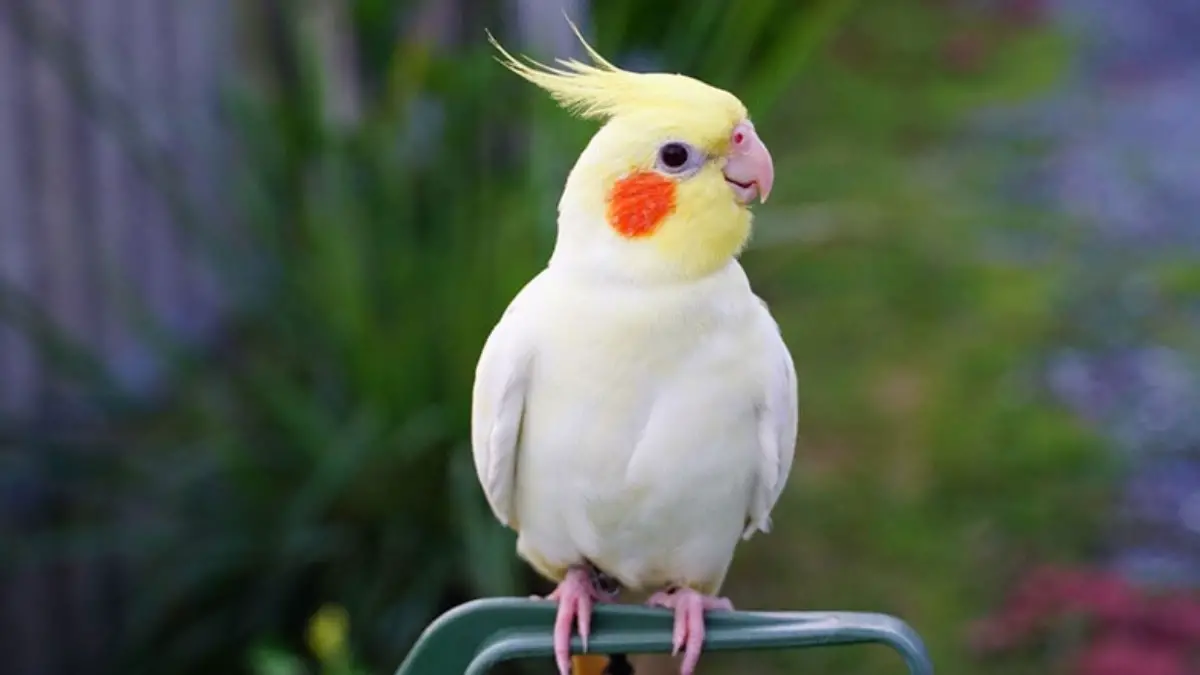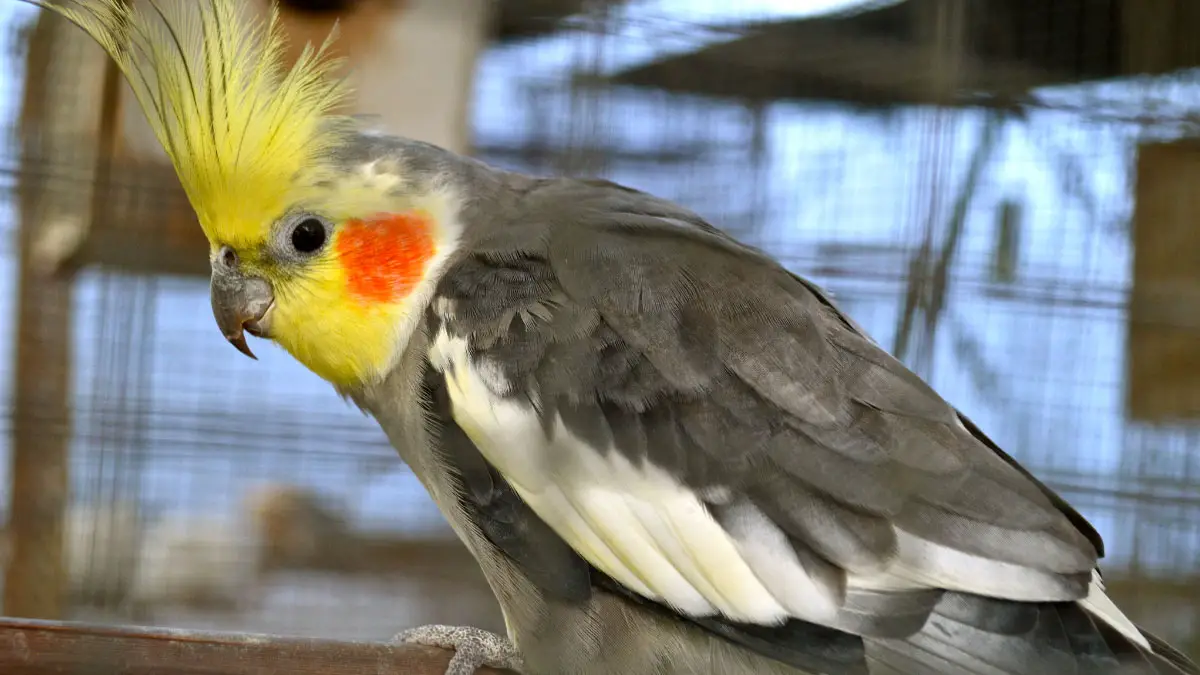Though cockatiel or quarrion is an excellent pet bird species, they can throw tantrums initially. That’s why you need to tame them with patience and consistency for building trust and bond with them. This process will be easier if you understand their behavior well and approach them accordingly.
Let’s know cockatiel taming and bonding: how to build trust with your pet? You need to give your quarrion enough time to get familiar with the environment and you. Once the bird gets familiar and starts trusting you, approach it slowly for petting, holding, and teaching tricks.
In this article, we will discuss tips to tame and develop healthy bonds with your pet cockatiel. Also, you will learn more about bird psychology, which will help you understand their behavioral changes and how to address them. Therefore, keep reading.
Cockatiel Behavior And Socialization Needs
As a quarrion owner, understanding bird behavior well is your essential requirement. Though their behavioral patterns and socialization needs may vary with individuals, here are some common ones:
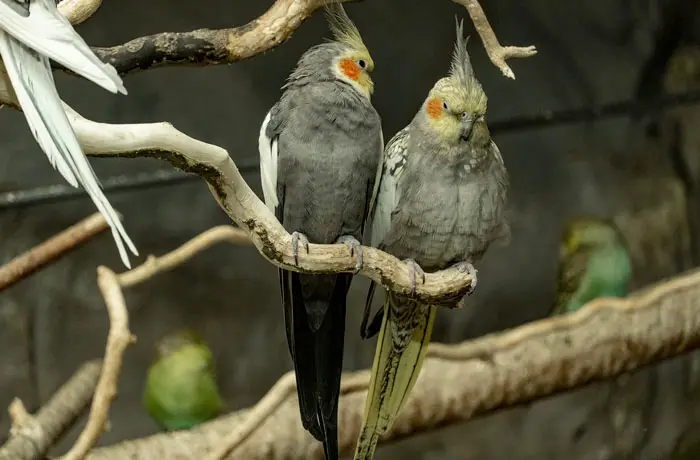
- They are just trying to get your attention when they bonk their beaks. If you still don’t give them attention, they will start hopping.
- Sometimes, they will hiss to warn you to go away from them when they get irritated.
- The cockatiels may whistle softly or can also scream. When they are happy, they will chatter softly. Also, they will start screaming when they are scared or angry.
- According to their flock dynamics, when quarrions lose track of their flock in the wild, they will use the flock call. Even as a pet, the cockatiels will use flock calling whenever their human flock leaves them alone in a room.
Check this Youtube video to understand cockatiel behaviors better:
Ways To Recognize And Respond To Different Social Cues And Behaviors
Cockatiels will show various social cues and behaviors according to their emotion. Here are ways to recognize and respond to those cues and behavior:
- When the cockatiel is angry, it will hiss, bite, and screech. In this case, you better stop bothering your pet bird and give it space.
- If your pet bird is scared, it will lean backward, back off, or move away from you to the other corner of the cage. In this regard, you better move slowly and speak softly around its cage until it gets used to your presence.
- The quarrions will whistle and move towards you when happy and playful. When they are happy, you can teach them new tricks, and they will enjoy it.
Ways To Develop Healthy Behavior In Your Bird
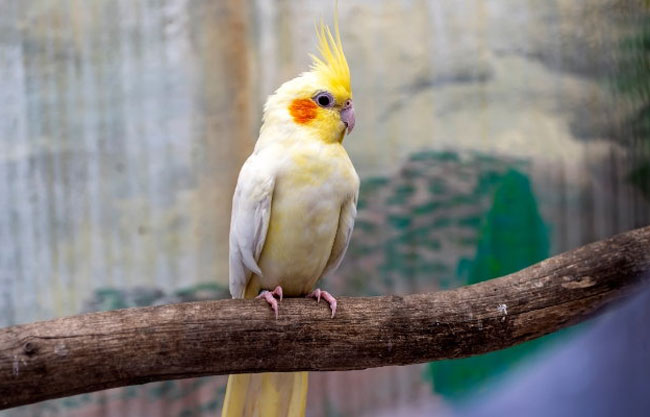
To develop healthy bird behavior, focus on enriching their environment and socialization. Let’s learn about these in detail:
- You need to provide your feathered friend toys and recreational accessories. Among numerous bird toys and accessories, you need to find out which type of toys your bird likes to make them happy. Cockatiels are fond of rotating, moving, and foraging toys.
- Bird accessories like perches, climbing ropes, or ladders also encourage them in physical exercise.
- Chewing toys is also helpful for keeping the bird happy.
- You can develop healthy and expected response habits in your quarrions through socialization techniques. These techniques will also enhance their vocalizations, preening and foraging skills.
For example, footage of wild birds can help them to participate in a social flock virtually.
- A conversation session with your cockatiel may encourage it to talk small phrases that you repeat often.
- The TV channel with the bird’s noise and singing also helps in cockatiel socialization and gives it a sense of familiarity.
Taming And Training Techniques For Your Pet Cockatiel
You can build trust in your pet bird and expect positive behavior through appropriate teaching procedures. Here are several cockatiel-taming tips:
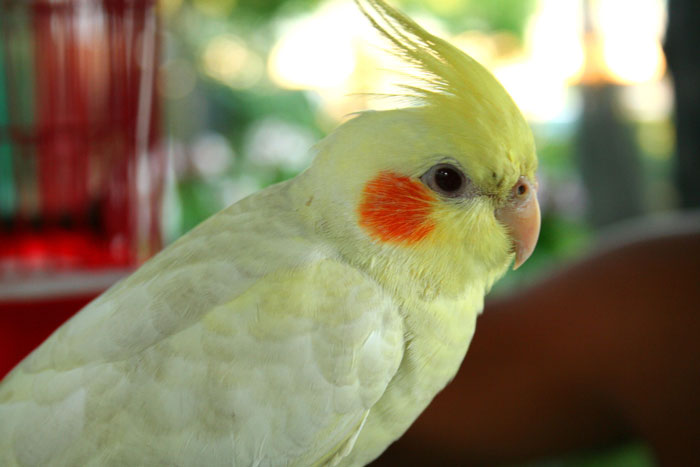
- Quarrion loves to eat, and whenever it gets treats from you, it thinks of you as its close person.
- For positive reinforcement, you need to praise your bird whenever it does something right. Even if the progress is small, you must encourage it by giving treats.
- If you punish your bird for mistakes, it can’t understand what you are doing. Instead, your yelling or aggressive reaction can encourage it to make a mistake again.
- Once the bird gets used to obeying your command, you can start clicker training. For this, you can use clicker noises instead of verbal commands. This will sound the same every time, and the bird will know it did good deeds.
Ways To Address Common Behavioural Issues In Cockatiels
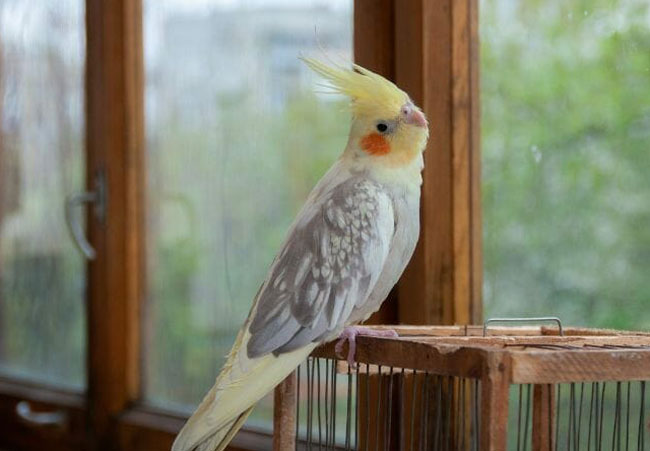
A proper idea about bird health management is necessary to identify birds’ stress issues and address them accordingly. Also, this knowledge will teach you how to act when you diagnose behavioral changes. For example:
- If the cockatiels are biting, that means they are scared of you. Still, you shouldn’t jerk your finger and react aggressively. Instead, keep calm, remove your hand slowly, and give it time. You can also use rubber hand gloves to protect your hand from their biting.
- Typically, this bird keeps screaming if it is stressed. It can be stressed due to loneliness or the environment. To eliminate its loneliness, you can spend some time with it. Besides, to eliminate their stress, provide them with toys that may stimulate them mentally and physically.
- A small cage also can cause stress in your pet bird. There are several cockatiel species and breeds, such as Yellowface, Lutino, Albino, Whiteface, Pearl, Bronzefallow, normal, etc. Each of them will vary in their size. So, while buying a cage, consider the breed and species of your cockatiels.
- Too many activities and noises around the cage can also make quarrions stressed. Also, never keep your cockatiels in dark and silent places as they may feel left alone. Keep the cage in areas with moderate activity.
Establishing Healthy Boundaries And Promoting Mutual Respect
Here are ways of building healthy boundaries and mutual respect in your relationship with your bird:
- Don’t treat your bird without reason, as it will discourage them from obeying commands for treats.
- If the bird doesn’t obey you, don’t make eye contact; turn away or ignore it. The bird will abide by you again to regain your attention.
- Don’t let your cockatiels eat from your plate; instead, offer a small amount of food into their cages from your plate.
- Don’t force your pet bird to do something against its will.
Building a Strong Bond With Your Cockatiel
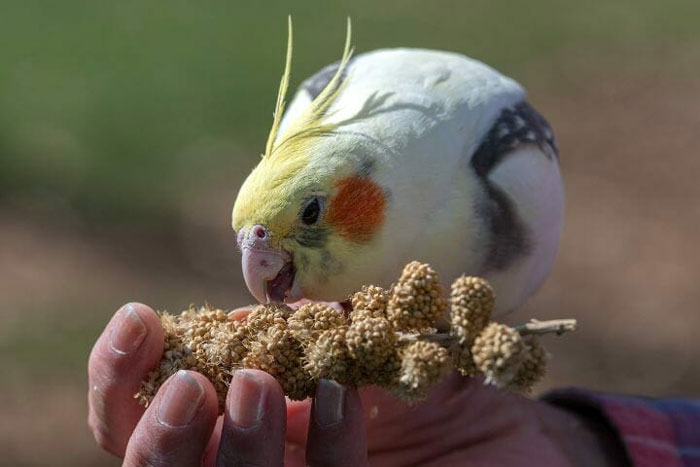
Patience and consistency are the ways to build a strong bond with your quarrions. Here are some ways for that:
- You need to keep communicating with your bird daily to make your voice familiar to them.
- Initially, giving your cockatiels treats is a vital part of pet care. This will make them believe your hand will only bring good things like treats.
- Eventually, give treats to your pet birds for only being obedient.
- Never extend the teaching or training period by more than 10 minutes at a time. Too much teaching may exhaust the bird.
- Don’t yell at your quarrion if it forgets the previous teaching or takes time to learn something.
Ways To Promote Healthy Physical Contact And Handling With Your Bird
Some quarrions like physical contact with their owners, and some won’t. But, you can promote healthy physical contact and handle it through proper habituation techniques, such as:
- In the case of cockatiels, holding refers to letting it step up on your 1 or 2 fingers. If you become successful in building trust with pet birds, they will come closer to your hand.
- Then, offer them 1 or 2 fingers and move your thumbs against their chest. After this, the quarrions will step up on your finger. When they do so, you must praise them by giving them treats. You need to continue this teaching until they instinctively step up on your finger.
- Don’t let your pet bird fly freely before you tame them. Otherwise, you may need to chase and catch them to return them to their cage. This will make them scared of you, and the teaching will take longer than expected.
- You should visit the vet for cockatiels’ wing clipping for better handling. This will limit their ability to fly until the feathers regrow. Hence, you will get sufficient time to prove yourself trustworthy to them.
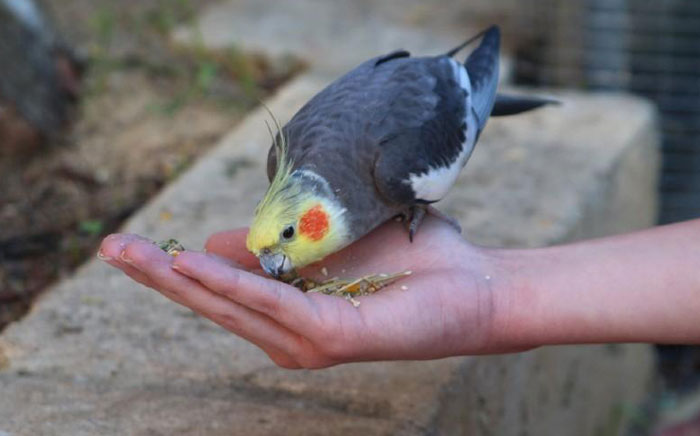
Ways To Establish A Routine And Consistent Care
If you keep caring and giving attention to your quarrions consistently and regularly, they will start to trust you. Here are a few ways regarding this:
- You must sit near your bird cage daily, at least for 10 minutes. Each time, keep moving your hand closer to the bird slowly. Eventually, your bird will learn to trust that your hand won’t harm them.
- Try to communicate and talk with your birds daily for at least 10-15 minutes. This will make them familiar with your voice. Thus, whenever they hear your voice, they will show excitement.
- For proper bird nutrition, you must regularly give your pet bird food in a routine schedule. This will make them think they can depend on you for their needs.
FAQs
In this FAQs section, we will answer several most common questions about cockatiel taming.
In general, successful domestication and bonding may take a couple of weeks to several months. You can also tame older birds, but it will require longer than younger birds.
Trying to bond with the quarrions in a hurry and punishing them for mistakes are the most common mistakes that pet owners make. Also, yelling at them for not obeying the command is another familiar mistake.
If the quarrion is stressed or unhappy, it will show signs like screaming, feather picking, biting, hissing, losing appetite, etc. Upon finding these signs, try to cheer them up by environmental enrichment. But, if they don’t like it, don’t yell at them and give them alone time.
Yes. When you leave them alone, birds can develop separation anxiety or other psychological issues. To address this, try to provide toys that stimulate your bird mentally when you are away.
Chewing and foraging toys, swings, ladders, perches, etc., are significant elements for quarrions’ environmental enrichment. For socialization, you can spend time talking with them regularly.
Conclusion
If your new pet cockatiel doesn’t get used to the new environment and owner, it may show unexpected behaviors. This may impact the bird’s health by building stress. So, you should gradually tame and train your pet bird with patience. Throughout the article, we discussed cockatiel taming and bonding: how to build trust with your pet?
If you keep patience and consistency in approaching and teaching the bird, it will eventually start trusting and obeying you. Still, the birds’ psychology is complex, and you dig into this topic more for addressing behavioral issues in pet birds.
